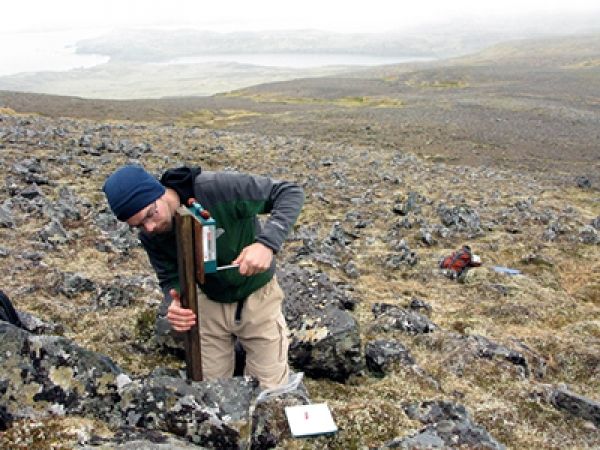Nocturnal seabirds nesting on remote islands can be extremely difficult to study. An increasingly important tool for monitoring these populations involves acoustic sensors deployed in the field to record sounds over long periods of time. But analysis of the resulting recordings to identify and count the calls of different species can be time-consuming, even with computers and artificial intelligence.
An alternative approach for acoustic monitoring is to evaluate all of the sounds in an environment as a 'soundscape', using features such as acoustic diversity, complexity, and intensity as indicators of ecosystem health. In a new study, recently published in Restoration Ecology, researchers used soundscape analysis to evaluate the outcomes of restoration efforts in the Western Aleutian Islands.
"We learned that we can collect sound data at larger scales and understand where the ecosystem is responding to our actions," said first author Abraham Borker, who led the study as a graduate student in the Conservation Action Lab at UC Santa Cruz. Now an adjunct lecturer in ecology and evolutionary biology, Borker came to UCSC to study seabird conservation and earned his Ph.D. in 2018.
Continue reading at University of California Santa Cruz
Image via University of California Santa Cruz


